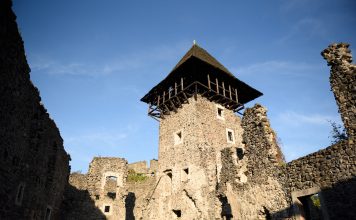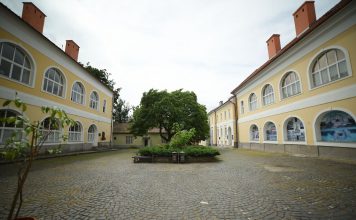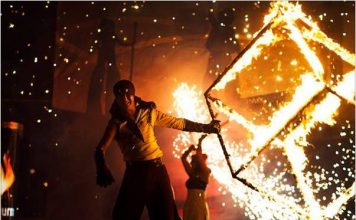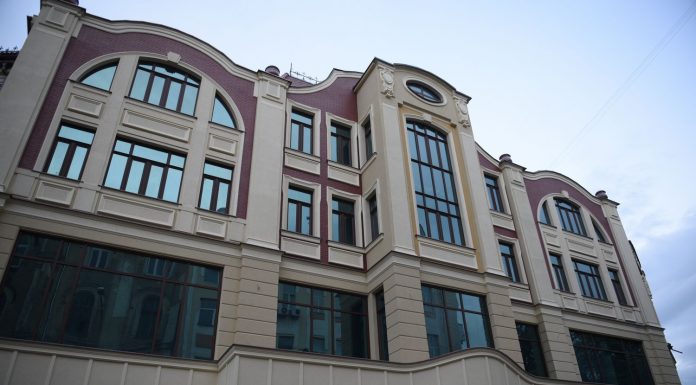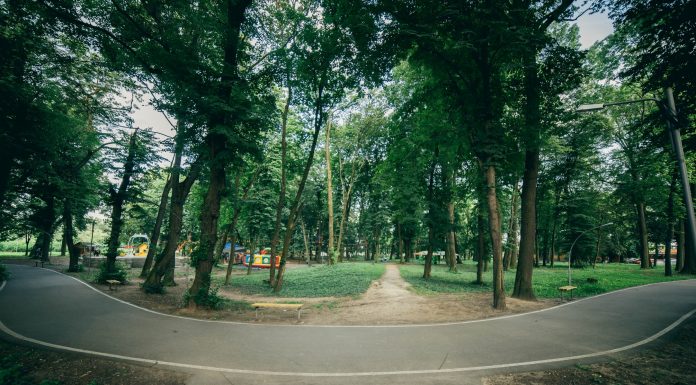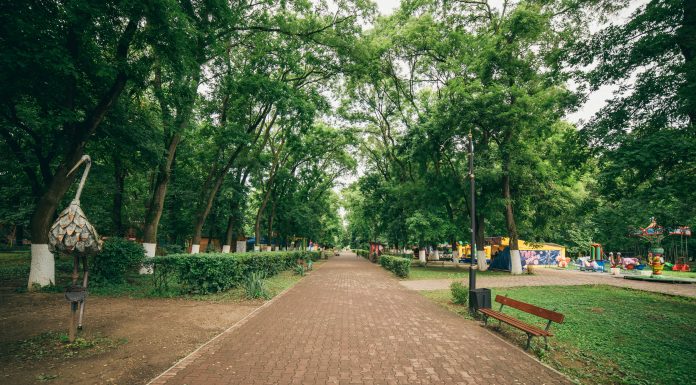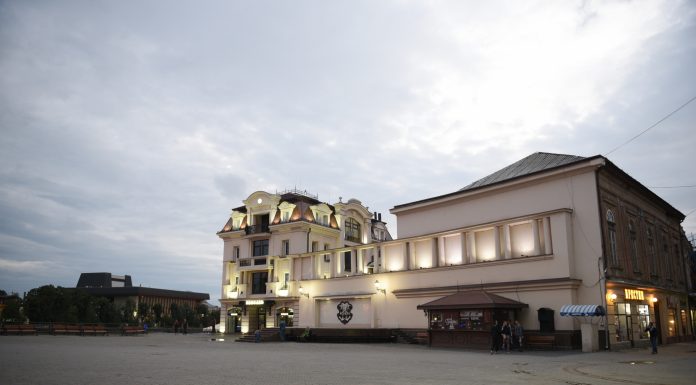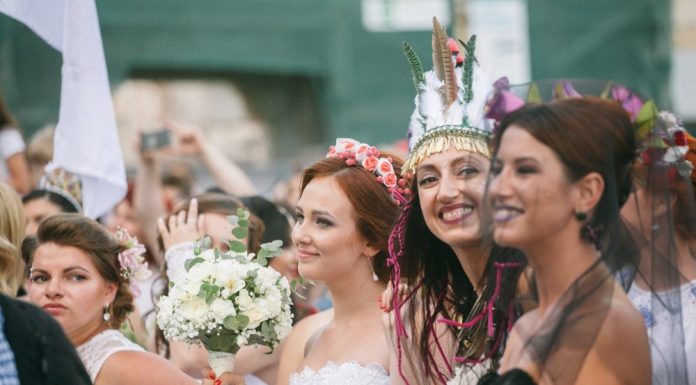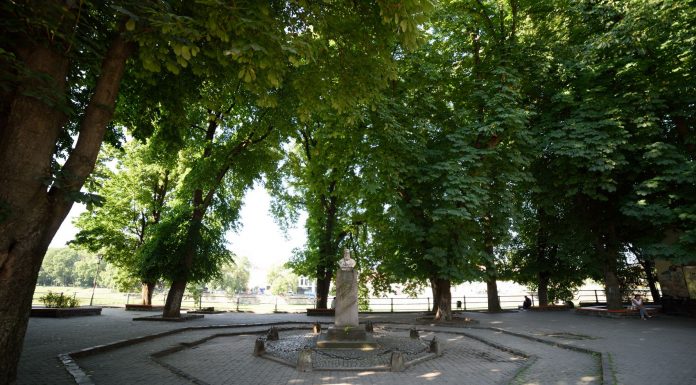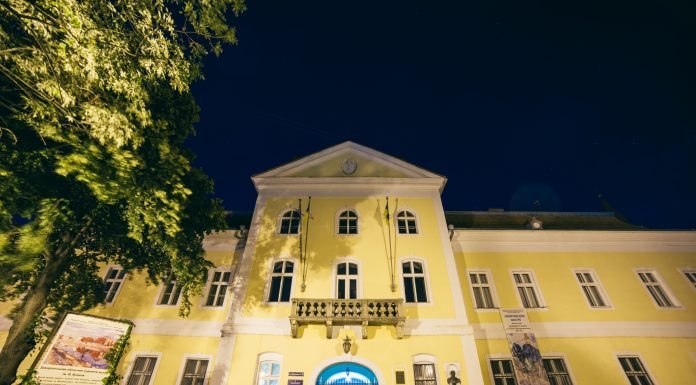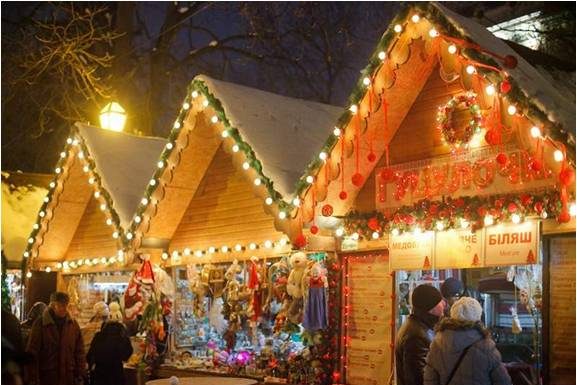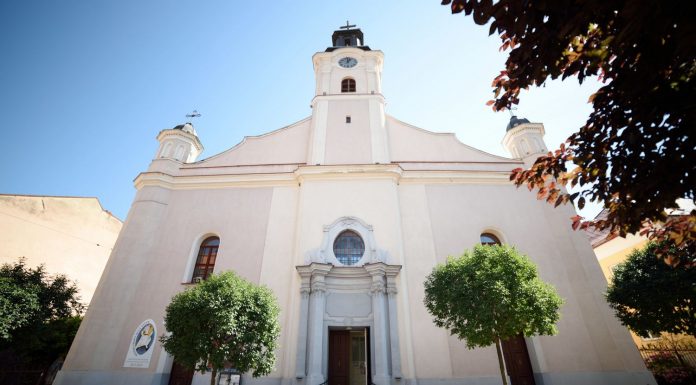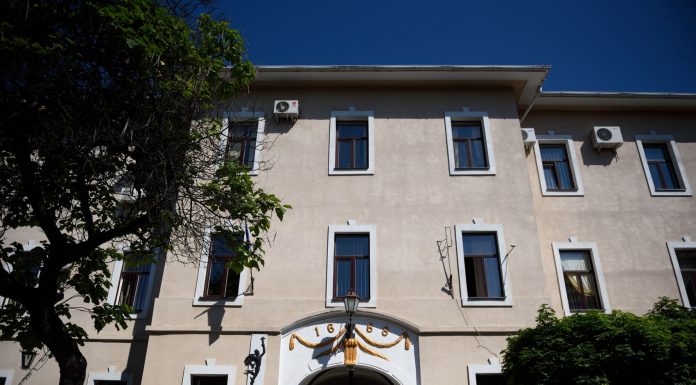Fedyntsa Street exactly repeats a bed of the river Small Uzh that used to have great significance for Uzhgorod. Between large and small Uzh was an island where a castle stood. We also know that there was a mill on this river. The citizens of Uzhgorod baked fresh bread from flour that had been milled there. During the Czechoslovak...
Pidzamkoviy Park was begun in the middle of the 16th century. In the early 1870s, this area was called Széchenyi Park, after the famous public and political figure. During the time that Uzhgorod and Transcarpathia were part of Czechoslovakia, the stadium of the Sports Club "Rus" was built. Soon after, a municipal swimming pool was construced in the park....
Bozdosh park was founded in 1954. In 1984 according to the decision of the Transcarpathian Executive Committee in the city of Uzhgorod on the street Bozdosh road it was specified to create a park-monument of landscape art of local importance "Park Bozdosh" ,with total area of 50 hectares. Park was granted the status of natural reserve fund. Also this...
The square is named in honor of a theatre, opened on 7th of July, 1920 with a performance of the well-known Ukrainian play, “Natalka Poltavka”. In July 1921 the famous Ukrainian director Mykola Sadowskyi was invited to be the head of the theatre. Since 2005 the theatre has had the name „Bavka”. Long ago in Verkhovyna regions this was a generic name for...
The celebration, which has become a hallmark of Uzhhorod, is traditionally held on Youth Day (June 28). The main aim of the organizers is to draw public attention to the importance of family values. As an added bonus there are interesting contests and a lot of fun. The celebration program also provides a vivid motorcade wedding rally, a photo...
City Square is named after Eugene Fentsyk (1844-1903) who is a Transcarpathian educational activist and writer of Russophile direction, a Greek Catholic priest. Since 1885 he was also a publisher and editor of "Lystok" that published in mixed Russian and Church Slavonic language. E. Fentsyk known as the author of poetic drama "Conquest of Uzhgorod" and was one of...
The Joseph Bokshay Transcarpathian Regional Art Museum is one of the centers of culture and art in the Transcarpathian region. It is named after the Ukrainian painter Joseph Bokshay. The origins of the museum date back to June 1945, when the former Zemska art gallery’s exhibit was given several rooms in Uzhgorod castle. For years, the museum’s collection was...
During the Christmas Fair, it is possible to buy souvenirs and products from local craftsmen. Wooden houses are set up in the centre of the town and decorated in Christmas style. Near these stalls one can see bundles of straw: a symbol of the manger where Christ was born. All of this creates a magical holiday atmosphere.
The church of St.Yurii – is a Roman Catholic temple of XVII century. It was constructed by the head of the city – Yurii Druget – on a place of destroyed Lutheran temple. In 1695 owner of the city – earl Bercheni – continued the building. In XVIII century the temple was rebuilt in neobaroque style, famous architect Lucach...
The building was constructed in XVII century (1668). First military barracks housed in this building and since the late XVIII century - Uzhgorod Gymnasium. In 1915 the City trade school was launched there, and since 1920 - the State Trading Academy. Continuing the tradition of 40's of the XX century, there today Uzhgorod continues to operate a commercial college...

